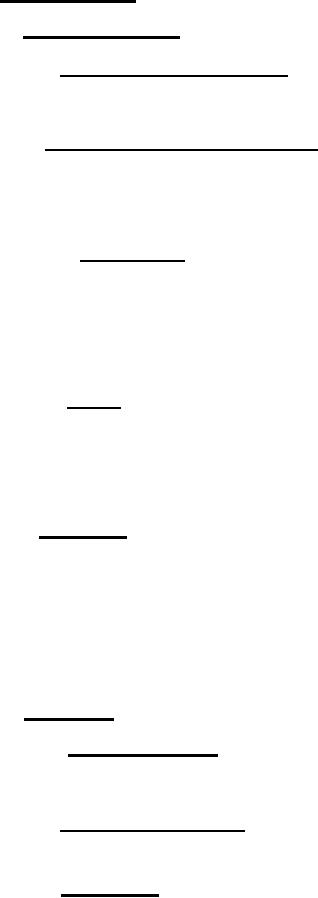 |
|||
|
|
|||
| ||||||||||
|
|  MIL-C-48550(AR)
Performance.
3.4.1 Environmental.
3.4.1.1 Storage temperatures. - The collimator shall show no evi-
dence of physical failure and shall meet all requirements of this
specification at standard ambient temperatures of -80 F and +160F.
3.4.1.2 Operating temperatures.- The collimator shall meet the
applicable requirements of 3.4.4.4 to 3.4.4.8, inclusive while ex-
o
posed tg and thermally stabilized at ambient temperatures of +150 F
and -40F. Upon return to standard ambient temperature the colli-
mator shall be subjected to the requirements of 3.4.1.3.
3.4.1.3 Vibration. - The collimator unit enclosed in its cover with
the tripod legs secured in place, shall be vibrated while in a hori-
zontal position at a constant frequency of 30 cycles per second with
an amplitude of 1/16 inch (1/8 inch maximum excursion) for a period
of 5 minutes plus or minus 15 seconds. Subsequent to vibration the
collimator shall meet the requirements of 3.4.1.4 to 3.4.4.12 in-
clusive.
3.4.1.4 Rain. - The collimator unit with the cover secured in place
and the legs folded to the carrying position shall be exposed to the
requirements of Procedure I of the rain test Specified in Specifica-
tion MIL-F-13926. Immediately following the rain test neither the
interior of the cover nor the Collimator shall show evidence of
water penetration.
3.4.2 Sealing. - The collimator unit (telescope) shall be capable
of holding an internal pressure of dry nitrogen of 5 psi for a
period of 2 hours 5 minutes without loss of pressure in excess
of 0.2 psi for a 2 hour period. The internal pressure of the
telescope shall then be reduced to zero psig. The telescope shall
then be flushed with dry nitrogen until the interior atmosphere has
a dew point at least as low as minus 25F. The telescpoe shall then
be sealed with an internal pressure of between 0.25 and 0.50 psig
of dry nitrogen.
Optical.
3.4.3.1 Reticle lean. - With the
verticle reticle line
parallel to the image of a plumb line, the bubble of the level
vial shall be within the central graduation marks on the vial.
3.4.3.2 Reticle Accuracy. - The angle subtended by the two 50 mil
graduation lines on the horizontal axis of the reticle pattern
shall be 100 roils plus or minus 0.25 mil
3.4.3.3 Parallax. - The parallax between the center cross of the
reticle pattern and the image of an infinity target shall not ex-
ceed 0.1 mil
3
|
|
Privacy Statement - Press Release - Copyright Information. - Contact Us |